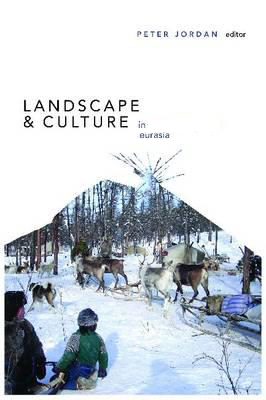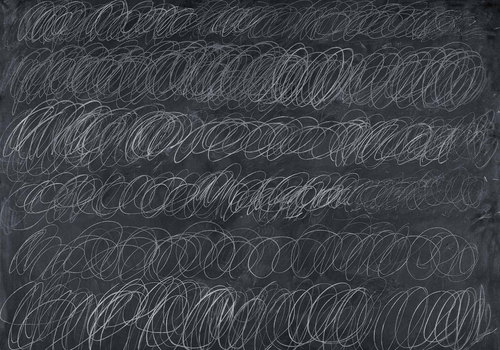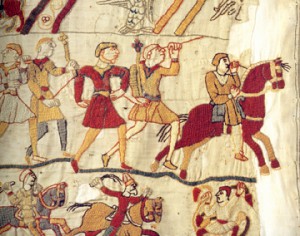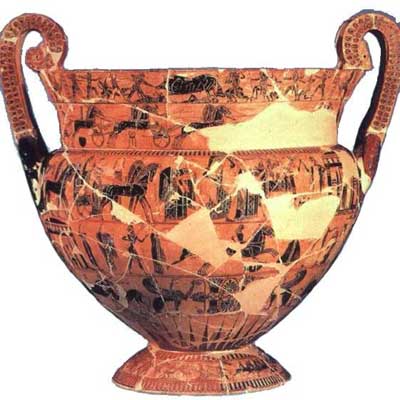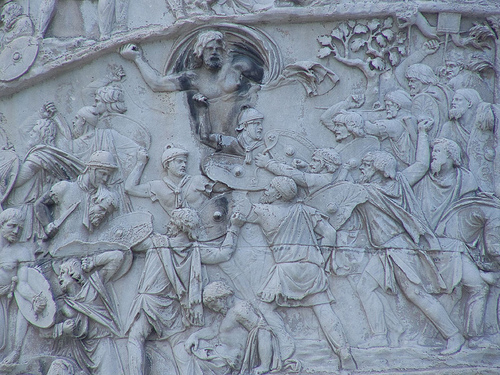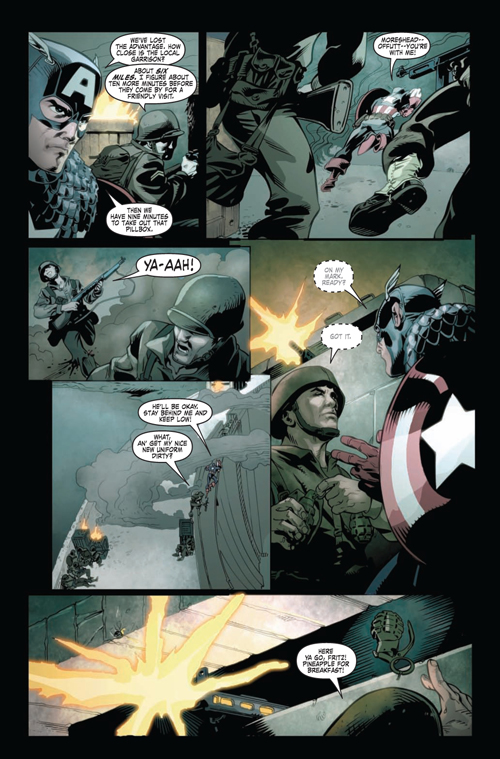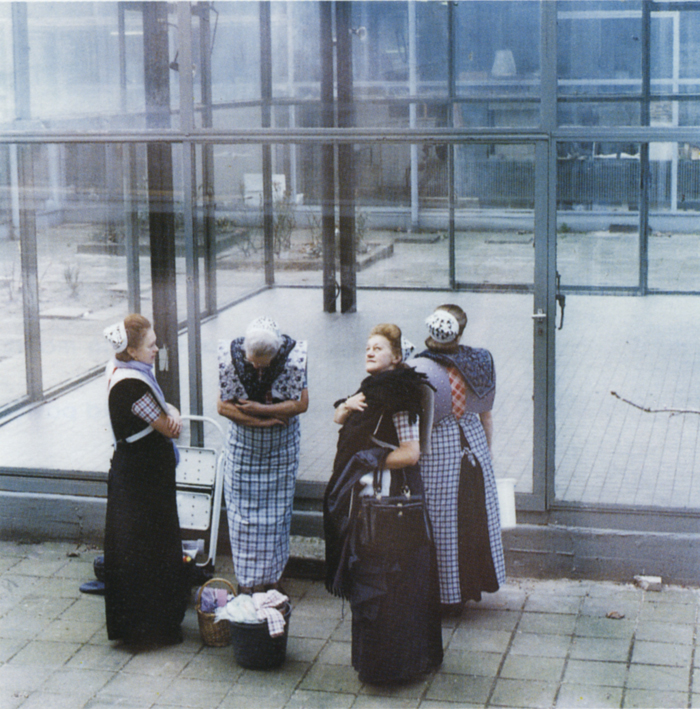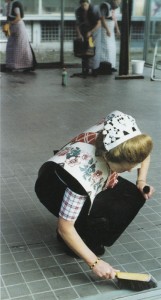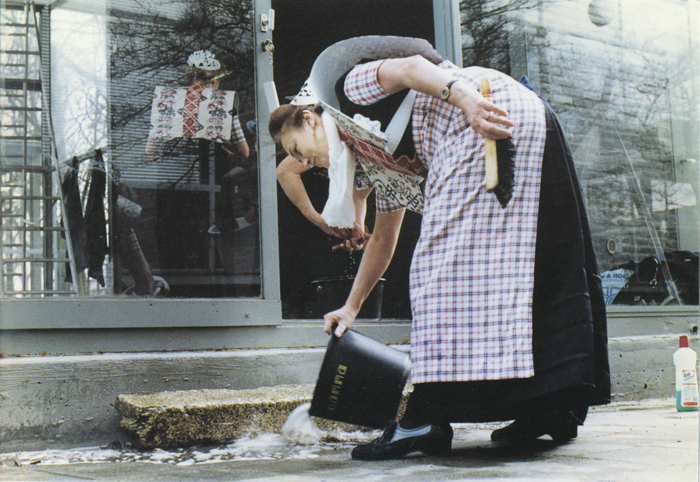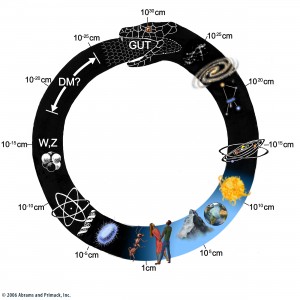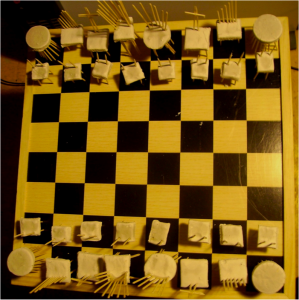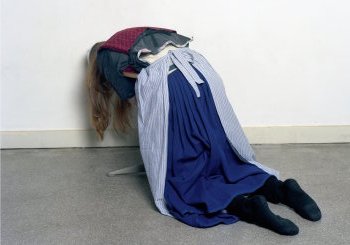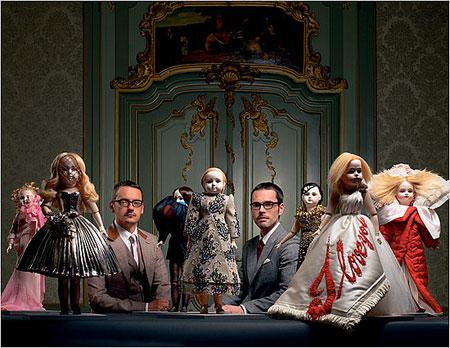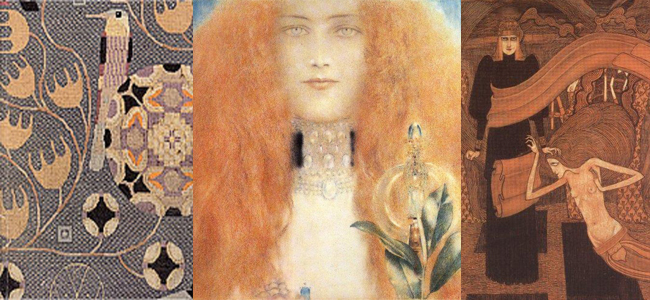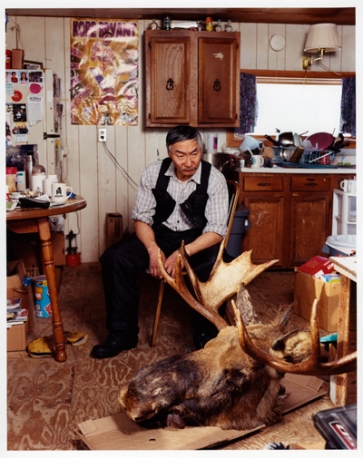–Slavs and Tatars
Slavs and Tatars was born in 2006, devoted to the polemics and intimacies between the east side of the Berlin wall and the west side of the Great wall of China, in easy words ‘’Eurasia’’. The group explores time relations between Slavs, Caucasians and Central Asians, groups that belong those lands.
The beforehand mentioned collective has mainly language , architecture, politics, mystical stuff, etc… as the main focuses of their researches, practices and magazines, but is possibly through the multiplicity of languages around Eurasia by which Slavs and Tatars build connections between disparate subjects as new ideologies ,old histories and some places, is by this way that some cultural affinities and geographical identities arise from unexpected places and never minded sources . Its is by their great interest in language by which their work take place in the public space, trough institutions or media, to the public sphere.
Slavs and Tatars interest in Eurasia because its relevant role politically, culturally and spiritually , It position belonging two continents make languages there played a big role in a practical, historical and sometimes sacred way, (they point to some old an recent mystical protests which are reflected in the changes of affinities and differences until nowadays).
Khhhhhhhhhh
In this edition Slavs and Tatars seeks for the changes of language ,across Eurasia ,from a close and personal perspective, but at the same time understanding it from a discreet distance. Their phrase ’’ Times are changing , consequently the scales we use change ‘’ takes a real meaning with the idea of substitution which examines, rethink and self-discover the role of mysticism in social revolutions, metaphysics of protest. It is under the name of ‘’ Khhhhhhh’’ by which they try to show these changes.
x, ? , ? or ? , all these belong [Kh]” but with almost different graphemes, sounds, roots and roles. We can considerer [kh] as a linguistic totem who plays different iterations in different languages across Eurasia, To begin I think is important to understand the phonetics of [kh], it begins in the vocal tract , in a rasp over the throat ,is at this friction where [kh] ends and other letters begin.
It is remarkable the role that [Kh] has in different languages, I can describe like an example the Persian word for house— (khaneh)— begins with [kh], while other persian words also related to ‘’shelter/house ‘’ has the the [kh] like a beginning or beside it, okhraniat (to protect), kholia (care), khibarka (hovel) … khlev (cowshed [Kh] followed by [l], produces an entirely different meaning to a [kh] followed by [r]. Changing the [l] of the Russian (khlam, junk), into an p [r: junk is sublimated and becomes (khram, shrine).
In some historical points languages get richer. New words brought by foreigners, neologisms forged by common parlance, among many others, It is at this point that [Kh] suffer certain transformations and get the acquisition of new multiple meanings. Certainly some ideas and stories from foreign lands bring new symbols, whose with the time becomes in letters , those will have an inherent correspondence between the sound—or shape—of itself (the letter )and its meaning, One example could be the eight letter of the Hebrew ”?” (chet), which in other languages becomes in almost different symbols and letters, as examplesi can show: Syriac «, Arabic ? and Berber ?, Greek Eta H, Latin H, Cyrillic ?, the remarkable part of this is that these letters are always regarding at some point to their real background, Hebrew ? (chet), like in the Hebrew these are positioned in the 8th position of its respective alphabet.
serpentine (click over serpentine)
At this last point I would like me to show 2 names of interesting importance in the changes of languages across Eurasia, especially in the early 20th century, Velimir Khlebnikov whose work connects cultural roots and linguistic ramifications, he did experiments with consonants ,nouns, and definitions spelled out in a simplest form, there are some of its 1920s essays who mark a clear line between what we considerer old readers and new, his work was classified as hermetic, incomprehensible:
The sun’s rays in the dark eye
of an ox
and on the wing of a blue fly,
like a wedding’s line dance
that streaked past above him.
And Rudolph Steiner, who searched for a language of thought. He was looking for the process ‘’from the figure to the thought/ form ‘’, and how our bodies will be able to make a real union with one or another kind of being, something similar to this last statement could be turning the reading normal book into a manual and lately into an artist book, according to him it will lead to a ‘’high level of spiritual insight’’.
“Style, however, requires continuity of thought. Anyone setting out to write an essay and to write in style ought already to have his last sentence within the first. He should in fact pay even more attention to the last than to the first. And while he is writing his second sentence, he should have in mind the last but one. Only when he comes to the middle of his essay can he allow himself to concentrate on one sentence alone. If an author has a true feeling for style in prose, he will have the whole essay before him as he writes.”
